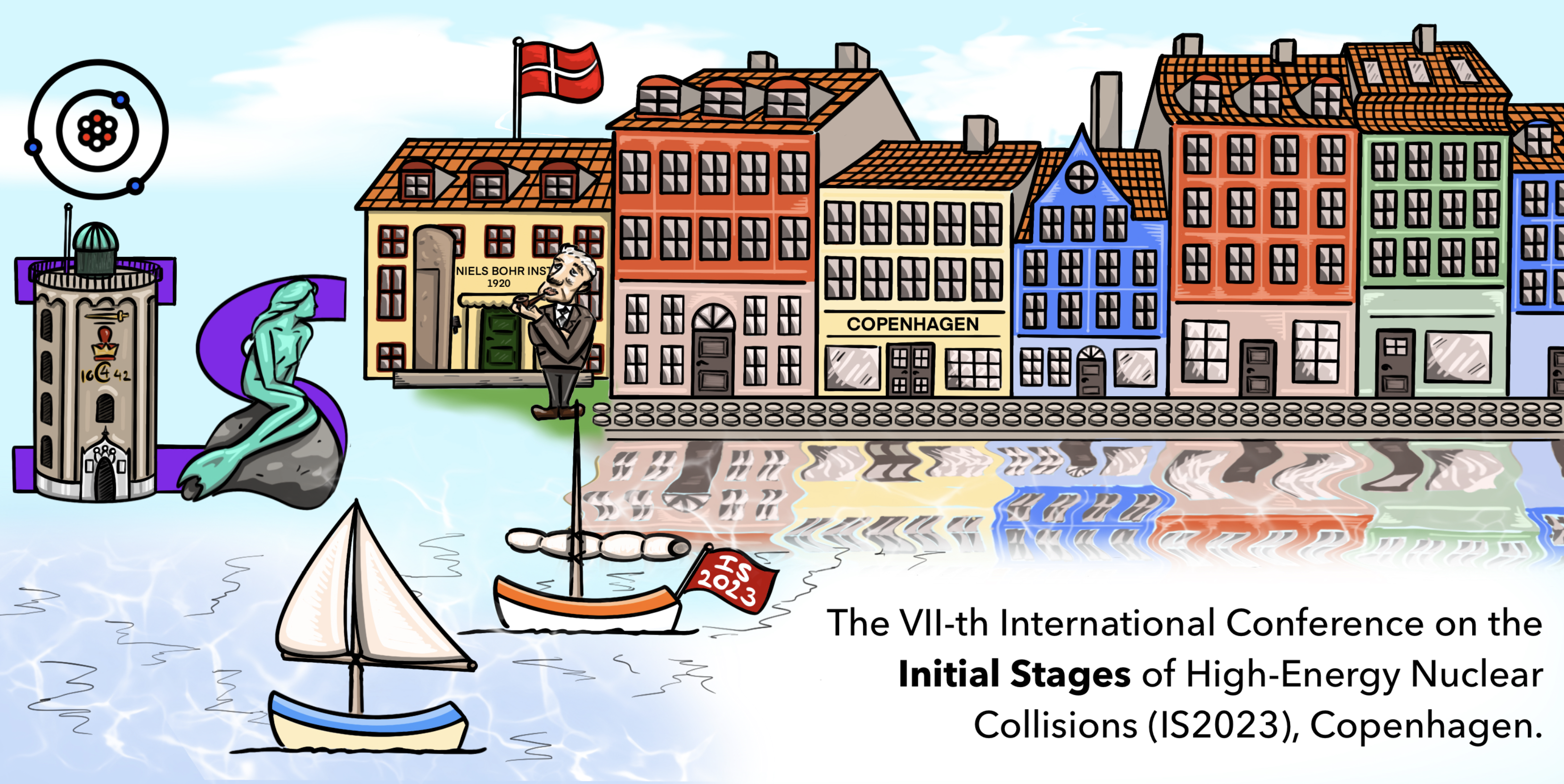Speakers
Description
In heavy ion collisions, the measured spectrum of direct photons at RHIC and the LHC has been found as azimuthally anisotropic as pions. In particular, a large elliptic flow of the direct photos has been observed, which strongly contradicts theoretical predictions, leading to the well-known “direct photon puzzle”. Although it is quite challenging in the conventional hydrodynamical modelings to incorporate a significant photon emission anisotropy, the presence of an external magnetic field in quark-gluon plasma, could bring in a plausible solution to the puzzle.
In this work, instead of a strong magnetic field assumption which has been considered extensively, we propose the effect of weak magnetic photon emission, originating from the interplay of a weak external magnetic field and the longitudinal dynamical evolution of the quark-gluon plasma. The weak magnetic photon emission results in an extra source of photon production from the qurak-gluon plasma, with a large elliptic flow. In both cases of 0+1D Bjorken flow and 3+1D hydrodynamical evolution simulated via MUSIC, the effect of weak magnetic photon emission are verified. Given this novel effect, under realistic conditions with respect to heavy-ion collisions carried out at RHIC and the LHC, especially that a weak magnetic field satisfying $|eB| \ll m_\pi^2$, the experimentally measured direct photon elliptic flow can be well reproduced. Accordingly, we found that the direct photon elliptic flow provides a probe to the magnetic field at very early stages. For the top energy of RHIC collisions, right after the pre-equilibrium evolution, an estimate the upper bound of the magnetic field can be given to be a few percent of the pion mass square.
[arxiv:2302.07696]
| What kind of work does this abstract pertain to? | Theoretical |
|---|---|
| Which experiment is this abstract related to? | PHENIX |
